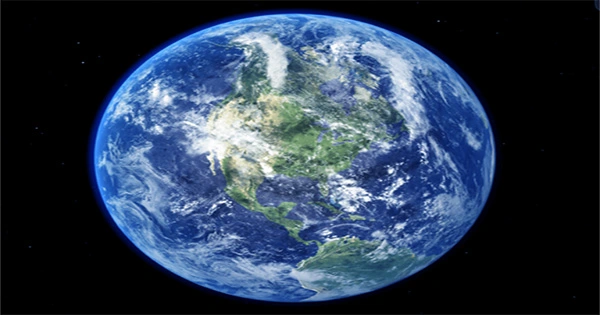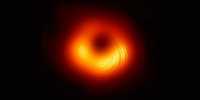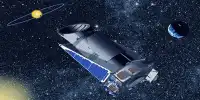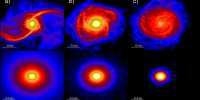A highly intriguing exoplanet has been found, according to a global team of astronomers. The planet, known as TOI-1452 b, is 100 light-years away from Earth and orbits a tiny star in a neighboring binary system. Although the planet looks to be slightly heavier and bigger than Earth, it is thought to have a water-covered surface.
The group predicts that the planet contains 30% water, as stated in The Astrophysical Journal. in comparison to Earth’s own 1 percent, a vast quantity. It takes 11 days to complete an orbit around its dwarf star, putting it in the habitable region were liquid, frozen, and vaporized water are predicted to exist. This planet most certainly has a substantial ocean covering it, if the research is accurate.
According to lead author Charles Cadieux of the Université de Montréal, “TOI-1452 b is one of the greatest candidates for an ocean planet that we have found too far.” It’s mass and radius point to a far lower density than one might anticipate for a planet like Earth, which is primarily composed of metal and rock.
TESS, a planet-hunting telescope operated by NASA, made the initial observations. The observatory discovered a potential object, roughly 70% larger than Earth in size, orbiting one of the stars in this binary system. The researchers were able to determine what the planet would look like through subsequent observations.
Cadieux stated that the OMM (Observatoire du Mont-Mégantic in Quebec) “had a significant role in establishing the nature of this signal and determining the planet’s radius.” This wasn’t a routine inspection. We had to confirm that the TESS signal coming from TOI-1452, the larger of the two stars in that binary system, was actually coming from an exoplanet.
Two red dwarf stars, which are both smaller and fainter than our Sun, make up the binary system. About 2.5 times the distance between Pluto and the Sun, or 14.5 billion kilometers (9 billion miles), separates them. The two stars could be seen separately by the Earth-based observatory (something TESS was unable to do), and subsequent observations by a Japanese team allowed them to establish that the planet is in fact present.
René Doyon, professor at the Université de Montréal and head of the Institute for Research on Exoplanets (iREx) and the OMM, said, “I’m extremely happy about this discovery since it reflects the excellent grade of our researchers and apparatus.” We were able to find this one-of-a-kind exoplanet because of the OMM, a unique instrument created in our labs called SPIRou, and a cutting-edge analytical technique created by our research team.
This planet may be a good target for more JWST observations given its features and relative vicinity.















